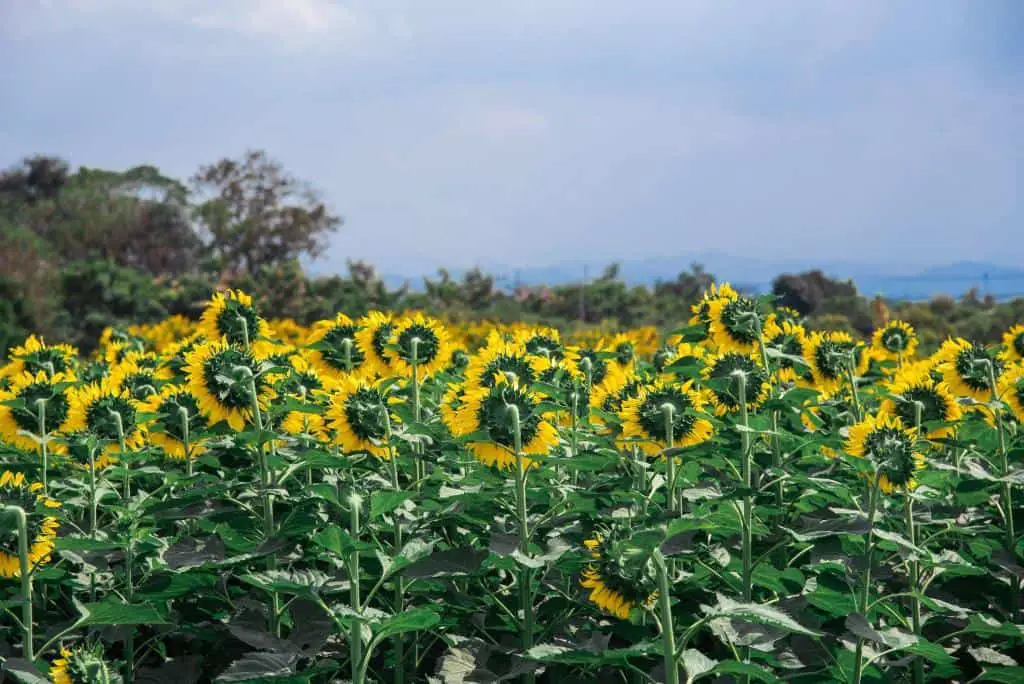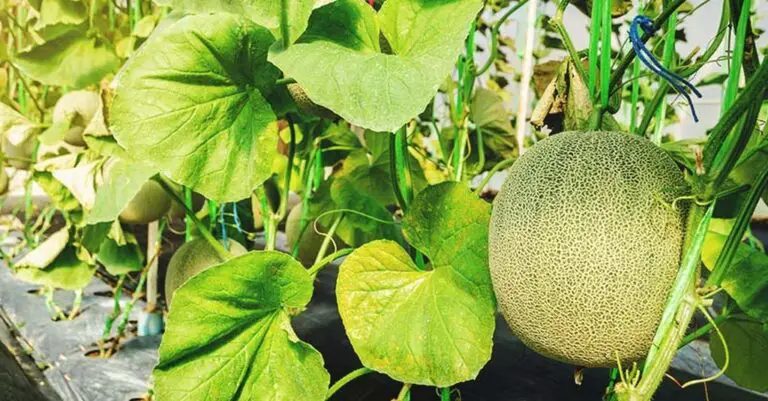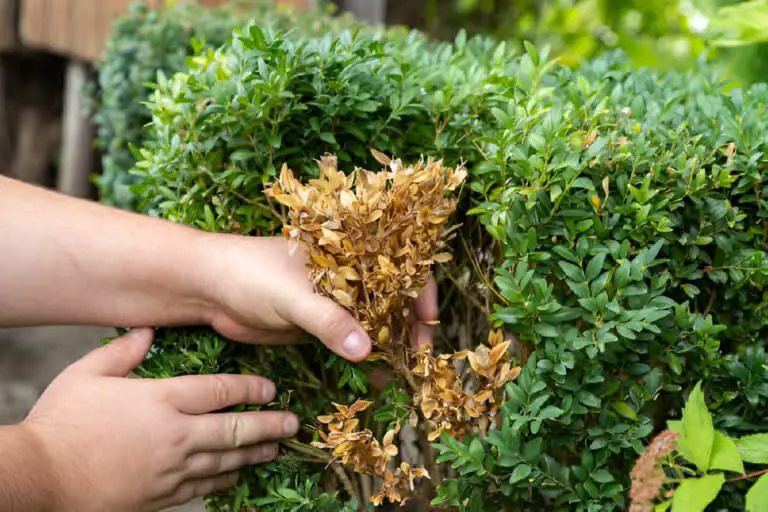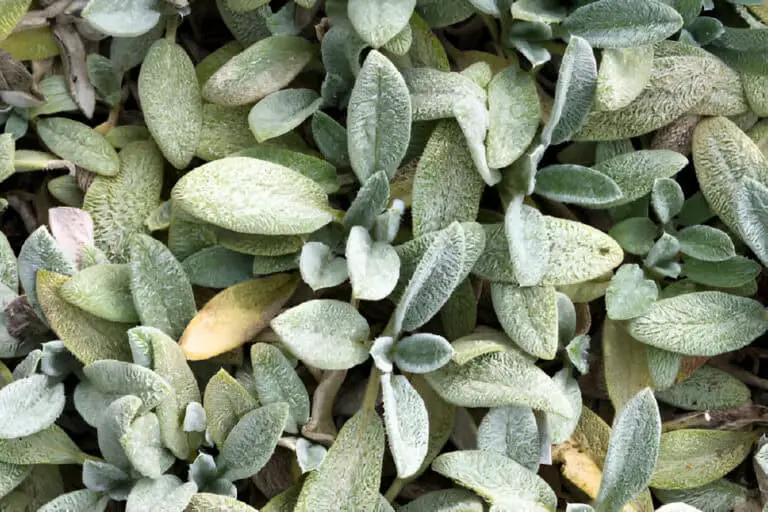Do Sunflowers Die in the Winter? Can Sunflowers Survive & Grow?

A sunflower is a beautiful flower that blooms during the summer. However, many people don’t know that sunflowers die in the winter. In this article, we will discuss why sunflowers die in the winter and how to prevent it from happening.
So, do sunflowers die in the winter? Even though most flowers die in the winter, sunflowers have a special way of staying alive.
In the depths of winter, it can be easy to feel like everything is dead. The trees are bare, the ground is cold and hard, and the sky is gray. But if you look closely, you’ll see that not everything is dead. Sunflowers are a special type of flower that has a secret for surviving the winter.
Can You Grow Sunflowers in the Late Summer?
It’s not too late to plant sunflowers! In fact, planting sunflowers in late summer can actually result in bigger and better blooms. Here’s what you need to know about planting sunflowers in late summer.
First, make sure to choose a variety of sunflower that matures quickly. Some varieties can take up to 120 days to mature, which means they won’t bloom until after the first frost. Some varieties of sunflowers are better suited for planting in spring, while others do best when planted in late summer or early fall.
If you want to plant sunflowers in late summer, look for varieties that are described as “day-length neutral.” These varieties will bloom regardless of how long the days are, so they’re ideal for planting in late summer.
Second, start your sunflower seeds indoors about six weeks before you plan to transplant them outside. This will give them a head start on the growing season. By starting your seeds indoors, you can control the temperature, moisture, and light that they receive. This will help them to grow strong and healthy. When transplanting them outside, be sure to choose a sunny spot with well-drained soil.
Finally, be sure to water your sunflowers regularly. They need about an inch of water per week, so keep an eye on the weather and adjust your watering schedule accordingly. With a little care, you can enjoy beautiful sunflowers blooming in your garden well into autumn.
Do Sunflowers Die in the Winter?
Although their name might suggest otherwise, sunflowers are not a flower that blooms all year round. In fact, they have a relatively short lifespan and die in the winter.
This is because sunflowers are annuals, meaning they complete their sunflowers life cycle in just one year. Annuals go through four distinct stages in their lifetime: seed, germination, vegetative growth, and reproduction.
Once the sunflower reproduces and its job is done, it begins to die. The process starts at the bottom of the plant and works its way up. The leaves turn yellow and then brown as they detach from the stem. Finally, the head of the flower droops down and the entire plant dies.
So if you’re wondering whether sunflowers die in the winter, the answer is yes!
Can Sunflowers Survive & Grow in the Winter?
Sunflowers are a beautiful flower that symbolizes happiness. They are known to grow in sunny areas and bloom during the summer months. But what happens to sunflowers during the winter? Can they survive and grow in the cold weather?
Here’s what you need to know about sunflowers and winter. Sunflowers are annual plants, which means they only live for one season. This means that they will die off when winter comes.
On the other hand, the seeds from the sunflower can survive the winter. The seeds will remain dormant until spring arrives, and then they will start to germinate and grow new sunflowers.
However, there are some types of sunflower that survive and bloom in the winter.
If you provide your sunflowers with the proper care, then they should be able to survive and grow throughout the winter months. You may even be rewarded with a beautiful display of flowers during a time when most other plants are dormant.
Does Sunflower Need Protection In The Winter?
In the winter, many gardeners wonder if their sunflowers need protection. The answer is yes and no. Sunflowers are actually quite hardy and can withstand cold temperatures, but they may need some protection if the weather is especially severe.
Here are a few things you can do to protect your sunflowers in the winter:
- Mulch around the base of the plant to help insulate it from the cold.
- Protect them from strong winds by stacking them or planting them next to a fence or wall. Place a stake or two in the ground next to the plant so that it doesn’t get blown over by strong winds.
- If you live in an area where it gets very cold, you may want to consider covering the plant with a burlap sack or something similar. If possible, move them to a spot where they will get some shelter from the weather.
- Water your sunflowers regularly, especially during dry spells.
By following these simple tips, you can help ensure that your sunflower survives the winter and blooms again come springtime.
How Do You Tell If A Sunflower Is Dying?
The sunflower has been cultivated for many years and is a stunning and resilient plant. However, even the sunflower can only last so long before it begins to die. It could be time to say goodbye if you notice your sunflower fading, the leaves turning yellow or brown, or the blossoms drooping. Here are a few further indications that your sunflower is fading:
1. The stem appears brittle and dry.
A fading sunflower has a stem that seems dry and brittle with drooping leaves. The flower is not receiving enough water to live. The plant can’t access the water it needs from the earth because the soil is too dry. The sunflower is withering in this condition.
2. The Leaves Have Black or Brown Patches
Although the exact source of this issue is unknown, it may be brought on by a variety of things, such as illness, pests, or even climate change. Scientists are frantically trying to figure out what is killing sunflowers, regardless of the cause.
In the meantime, gardeners can keep sunflowers from dying by watching for black or brown spots on the leaves and taking care of them right away. Hopefully, we’ll discover the cause of our sunflowers’ demise soon and prevent their extinction.
3. Leaves Are Beginning To Fall to the Ground
The leaves are losing their grip on the stem and becoming brown and yellow. The plant is deteriorating from the inside out. Sunflowers commonly experience this issue. They just last a few weeks at most, not very long. They begin to perish after blooming. You won’t be able to do much to save them. Just take advantage of them now.
4. The Flowers Are Far Between and Few
The sunflower, once a common sight in fields and bouquets during the summer, is in risk of extinction. Scientists believe they may understand why the plant has been producing fewer blossoms over time.
A small parasitic wasp that deposits its eggs inside the sunflower’s buds is most likely to blame.
5. The Flowers Are Dying and Dropping Petals
There are many reasons for the sudden drop in the number of sunflowers, but climate change is most likely to blame. Sunflowers are having a hard time staying alive because the temperature is going up and the weather is getting worse. They have already gone extinct in various areas of the planet.
Sunflowers are an important part of our ecosystem, so we should be worried about more than just how they look. They feed bees and other insects and aid in the pollination of other plants.
How Do You Save Dying Sunflowers?
August is the month when sunflowers start to droop, their petals fall off, and their leaves turn brown. If you want to keep your sunflowers looking healthy and vibrant, there are a few things you can do.
- Make sure they are getting enough water. Sunflowers need about 1 inch of water per week, so water them deeply about once a week. Check the soil to make sure it is not too dry or too wet. The ideal soil for a sunflower is moist but not soggy.
- Make sure it is getting enough sunlight. If it is indoors, move it to a sunny spot.
- Fertilize your sunflowers every two weeks with a half-strength fertilizer solution. Fertilize your sunflower with a balanced fertilizer designed for flowers. This will give it the nutrients it needs to stay healthy and bloom. This will give them the nutrients they need to stay strong and healthy.
- Deadhead your sunflowers regularly. This means removing any dead or dying flowers from the plant.
Conclusions
Sunflowers are one of the most recognizable flowers in the world. With their big, bright heads and long stems, they’re a popular addition to gardens and bouquets. But what happens to sunflowers in the winter? Do they die?
Sunflowers are annual plants, which means they only live for one growing season. They start to bloom in late summer and continue blooming into fall. Once the weather starts to get cold and the days get shorter, sunflowers bloom before they die. The leaves turn yellow and drop off, and the flower heads droop. Eventually, the entire plant will turn brown and die.
But there’s no need to worry! Sunflowers are easy to grow, so you can plant them again next year. They’ll come back bigger and brighter than ever before.






